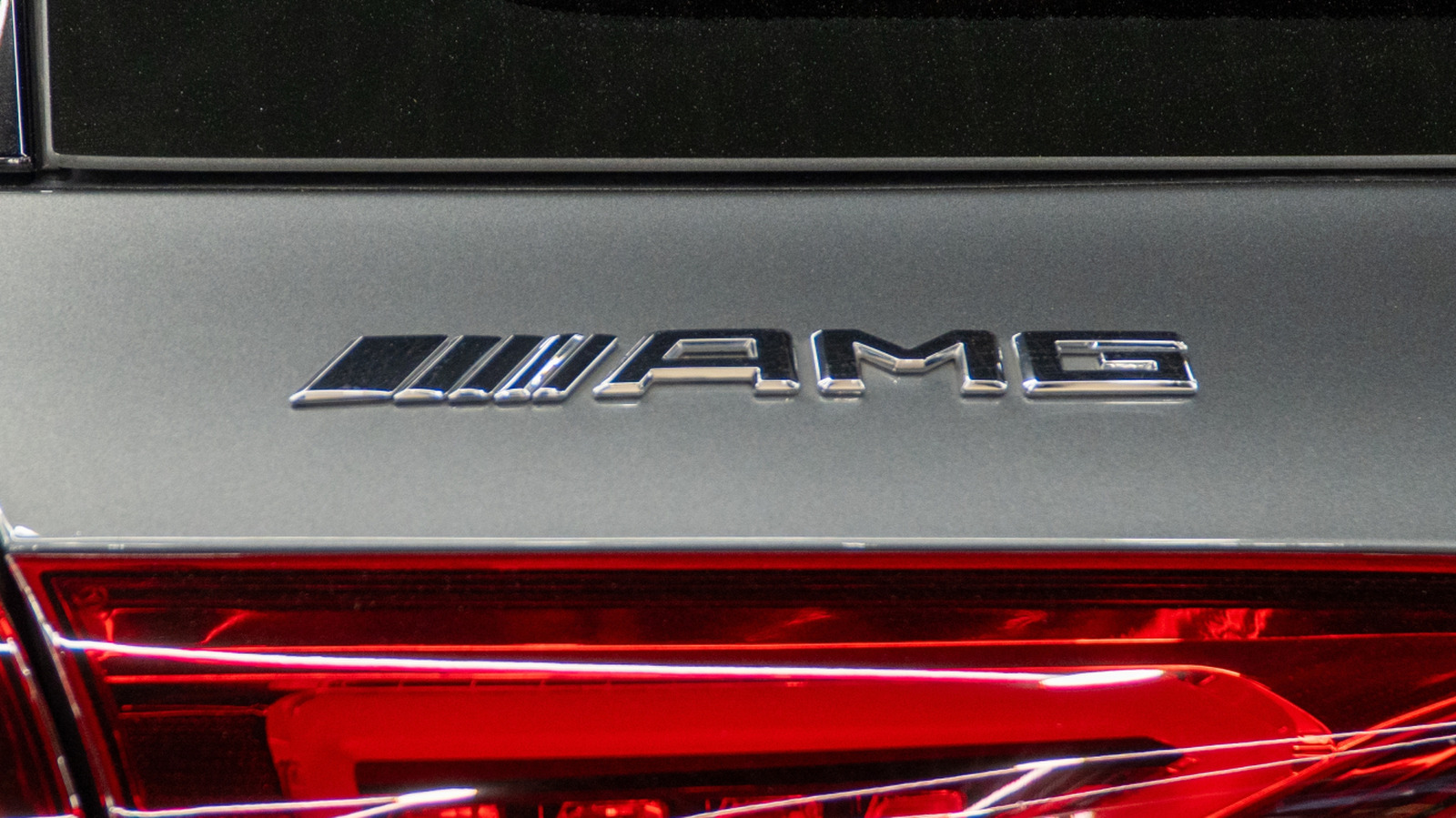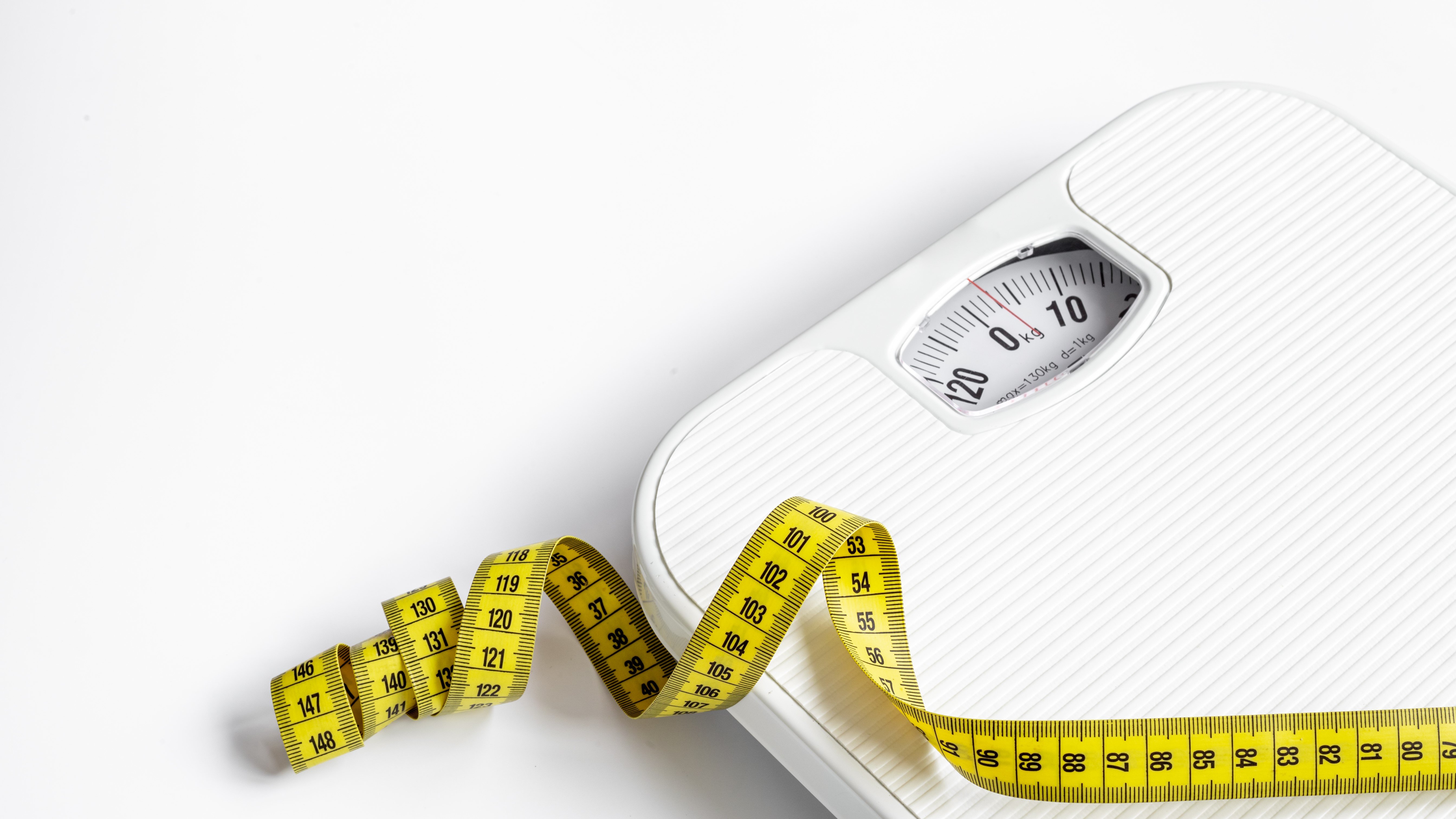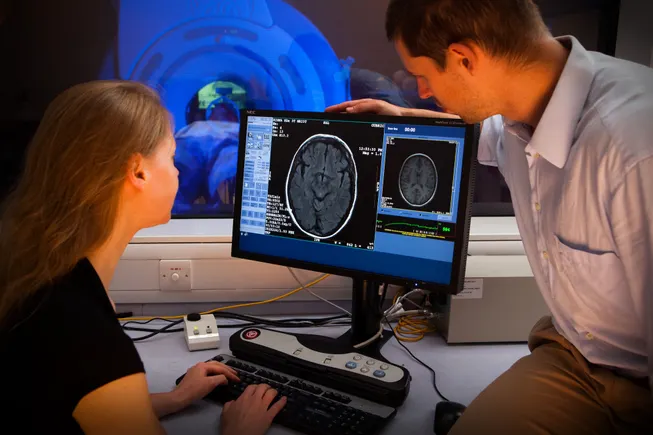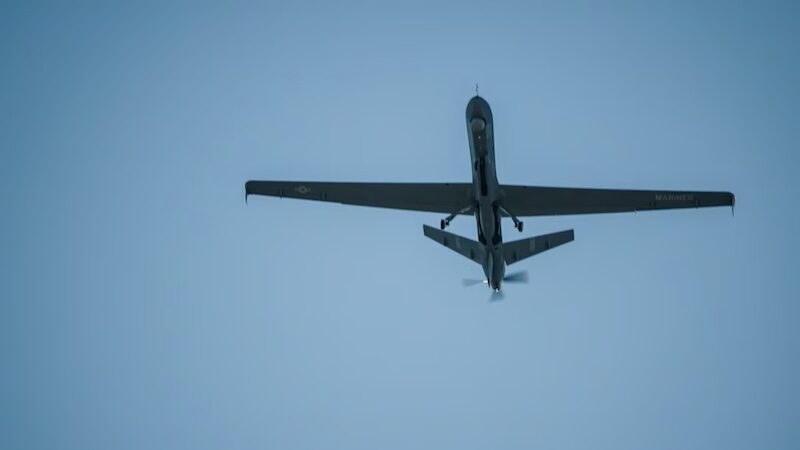The Origin of Improved Performance in Boron‐Alloyed Silicon Nanoparticle‐Based Anodes for Lithium‐Ion Batteries
Advanced Energy Materials, EarlyView.

Silicon-boron alloy nanoparticles are incorporated into lithium-ion batteries as the active anode material and enhance the battery cycle and calendar lifetime with improved interfacial chemical passivation. This passivation is afforded by the strong surface dipoles imparted on the particles from Lewis acidic surface boron.
Abstract
Stabilizing the solid electrolyte interphase (SEI) remains a key challenge for silicon-based lithium-ion battery anodes. Alloying silicon with secondary elements like boron has emerged as a promising strategy to improve the cycle life of silicon anodes, yet the underlying mechanism remains unclear. To address this knowledge gap, how boron concentration influences battery performance is systematically investigated. These results show a near-monotonic increase in cycle lifetime with higher boron content, with boron-rich electrodes significantly outperforming pure silicon. Additionally, silicon-boron alloy anodes exhibit nearly three times longer calendar life than pure silicon. Through detailed mechanistic analysis, alternative contributing factors are systematically ruled out, and it is proposed that improved passivation arises from a strong permanent dipole at the nanoparticle surface. This dipole, formed by undercoordinated and highly Lewis acidic boron, creates a static, ion-dense layer that stabilizes the electrochemical interface, reducing parasitic electrolyte decomposition and enhancing long-term stability. These findings suggest that, within the SEI framework, the electric double layer is an important consideration in surface passivation. This insight provides an underexplored parameter space for optimizing silicon anodes in next-generation lithium-ion batteries.



















































































![The American contingent and Turkey’s autonomy goals: Paris Air Show Day 3 [Video]](https://breakingdefense.com/wp-content/uploads/sites/3/2025/06/Wednesday-Wrap.00_00_32_21.Still001.png?#)
![A look at the jets flying high above the Paris Air Show [PHOTOS]](https://breakingdefense.com/wp-content/uploads/sites/3/2025/06/Rafale_02-scaled-e1750268097167.jpg?#)























































